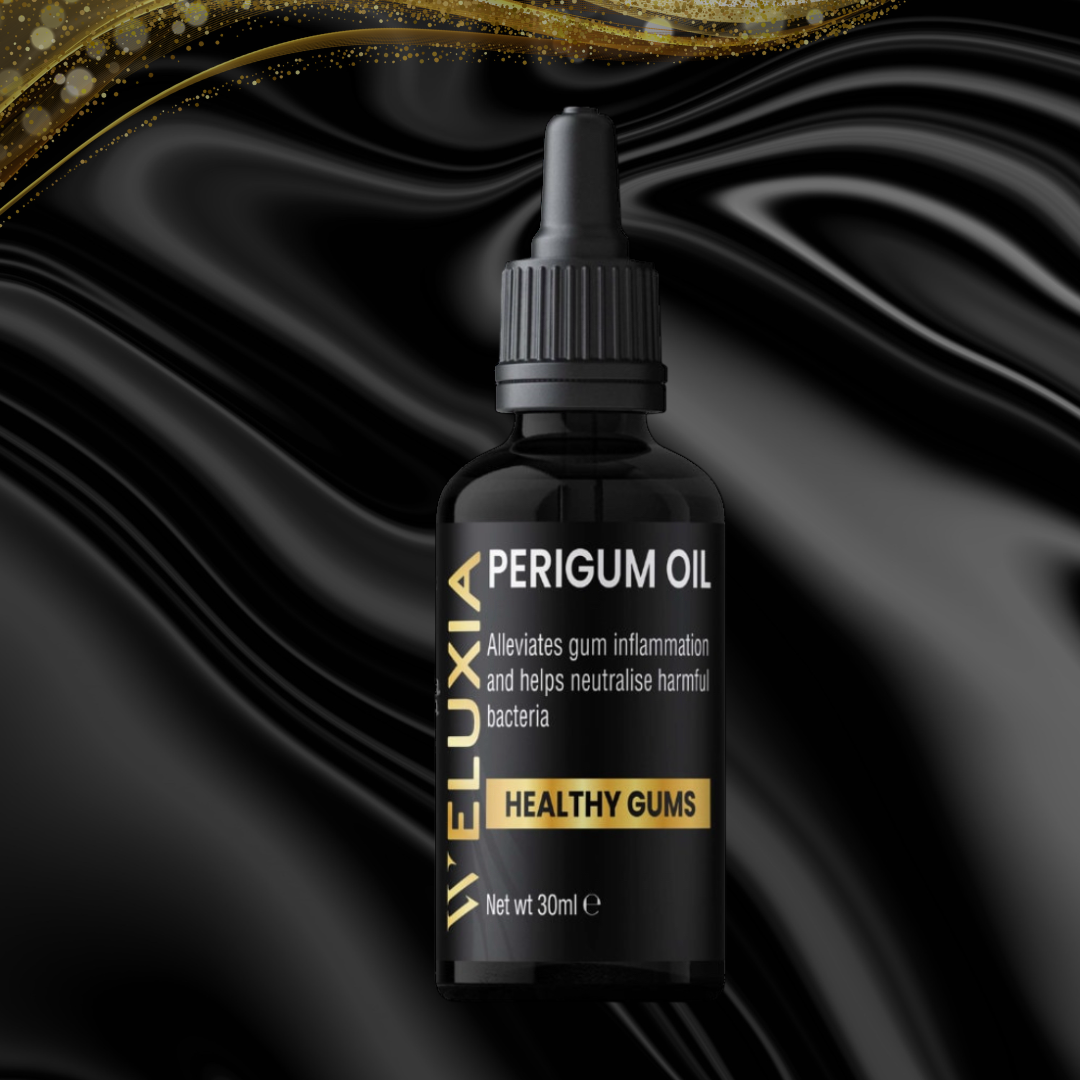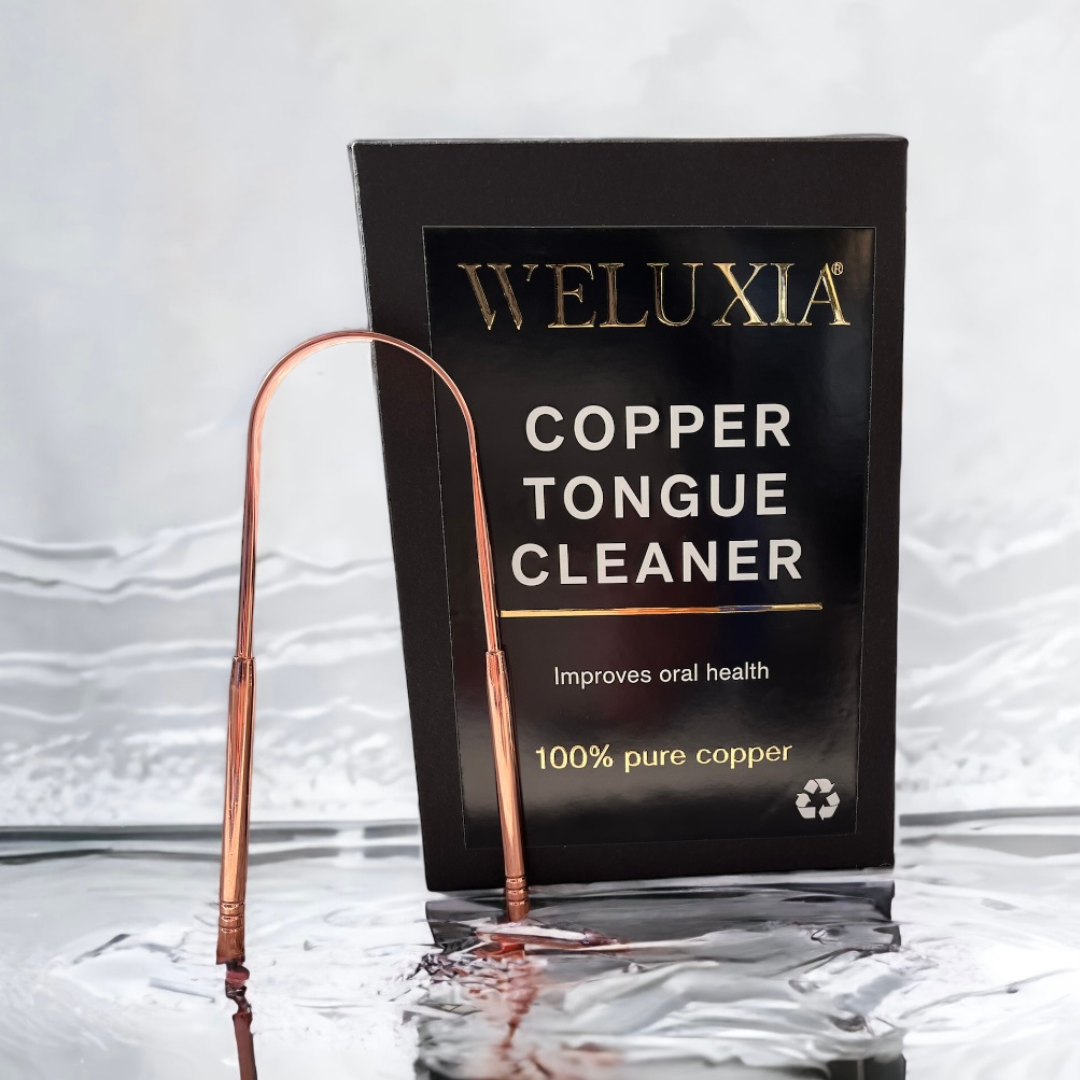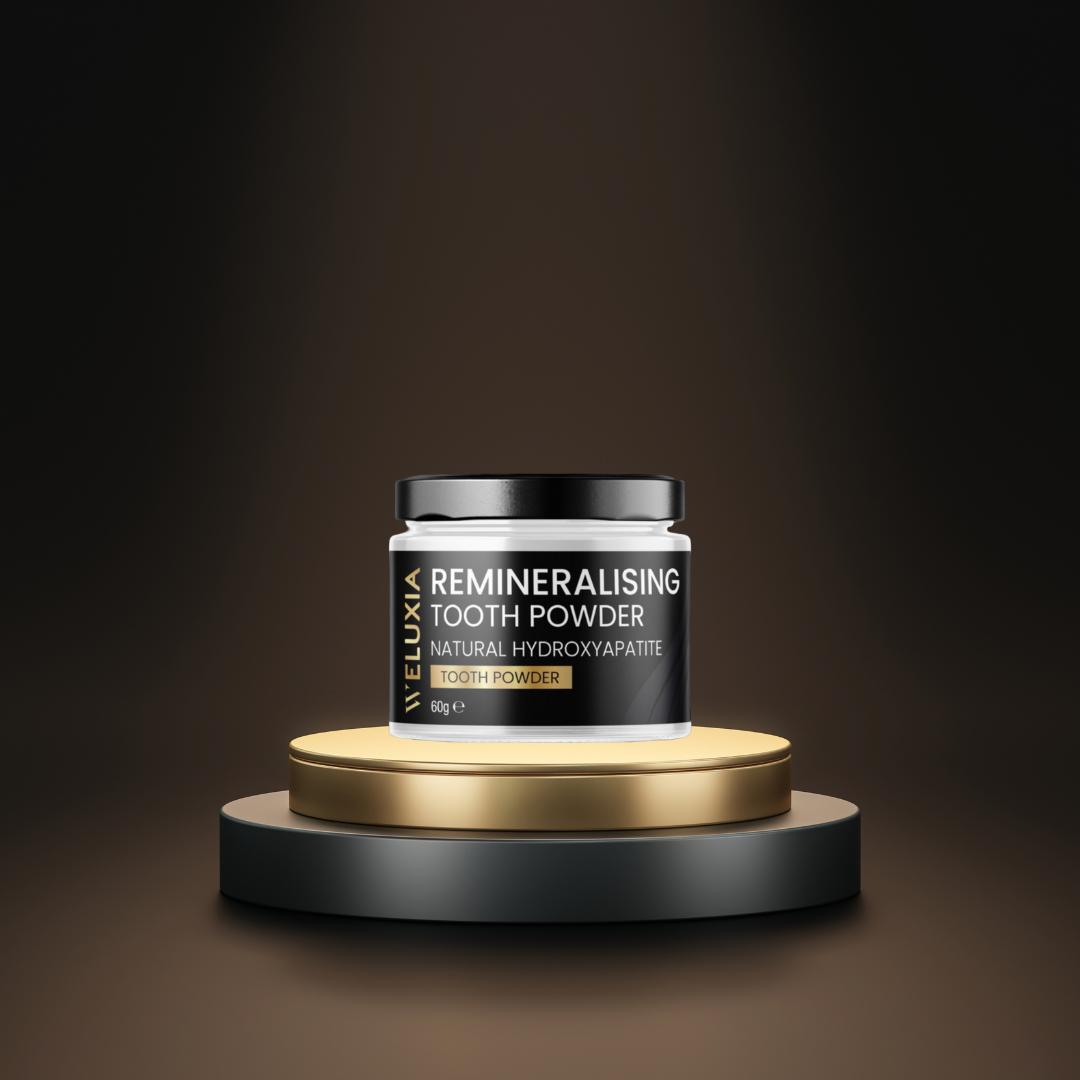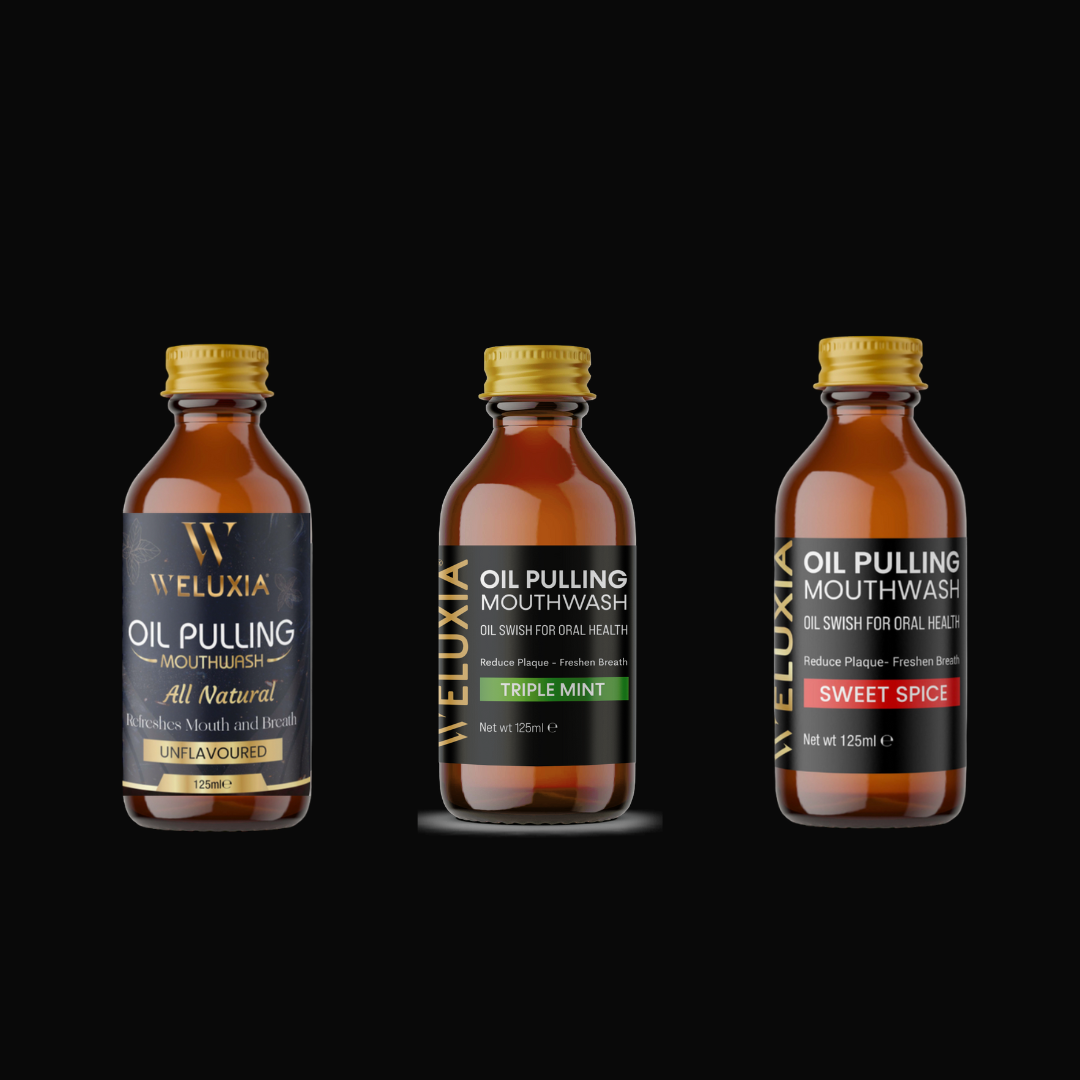FAQ
Have questions? We have answers.
What is your return policy?
What is your return policy?
We want to make sure you love what you buy! We offer free returns for 30 days on all eligible items and free exchanges for 90 days. Items must be unopened.
How can I start a return?
How can I start a return?
Please navigate to our Returns Policy and email us info@weluxia.com to start the process





